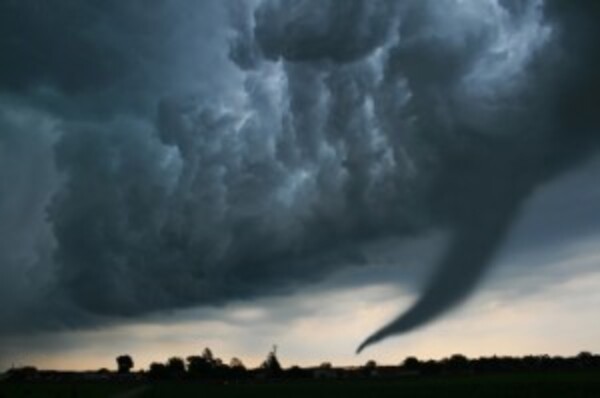Website Maintenance Announcement – September 19–21
Activities begin at 6:00 PM CT on Friday, September 19 and continue through Sunday, September 21.
During this time, Product and My Product List functionality will be unavailable
Website Maintenance Announcement – September 19–21
Activities begin at 6:00 PM CT on Friday, September 19 and continue through Sunday, September 21.
During this time, Product and My Product List functionality will be unavailable
Severe storms and natural disasters are a constant threat around the world. No cell site is immune to failure in the event of natural disasters. But some sites are more resilient than others. Philip Sorrells outlines critical infrastructure considerations for minimizing disruptions to our vital communication networks.
Severe storms and natural disasters are a constant threat around the world. High winds, excessive rain, tidal surges and other dramatic weather events cause property damage and take lives. As such, it is important to minimize the disruptions these disasters have on our vital wireless communication networks. Emergency personnel, aid workers and effected residents desperately need to be able to reach each other during such times.
Of course, no cell site is immune to failure in the event of natural disasters. Nothing will keep a site active if a
Similarly, keeping water out of antennas and the entire RF path is also critical to keeping wireless communication networks viable. There are many different architectures and equipment involved in the RF path, depending on the site. One common danger area for water ingress is connection points between cables and other equipment. Cable connectors need to be designed and installed to make secure, waterproof attachments. Adding butyl tape or shrink wrap provides another layer of protection against the elements and also helps to secure the connections. Proper equipment and installation are critical to making connection points more resilient.
Another important consideration for keeping communication networks active is power. Major storms often take down the electric grid servicing cell sites, meaning back-up power determines whether a site stays active or goes down. CommScope promotes use of hydrogen fuel cells for back-up power instead of batteries or diesel generators. Fuel cells usually can provide power for more hours than the batteries typically deployed at cell sites. Unlike diesel generators, hydrogen fuel cells are housed in cabinets that help withstand severe weather incidents. No power solution will work if a site is underwater from a flood, but high winds with rain or snow will impact them differently.
All active electronic equipment at the cell site must be protected from the elements, too. Environmentally secure cabinets help shield wireless radios and other sensitive equipment from severe weather conditions. Protecting the baseband equipment is a vital element to the viability of a cell site in the midst of severe weather.
Sturdy equipment, proper installation and mounting, weatherproofing, back-up power and radio protection are the primary things to focus on when it comes to network resilience.
Have you experienced severe weather events impacting cell sites or network performance?
Which of these areas do you find to be the most important for adding network resilience?